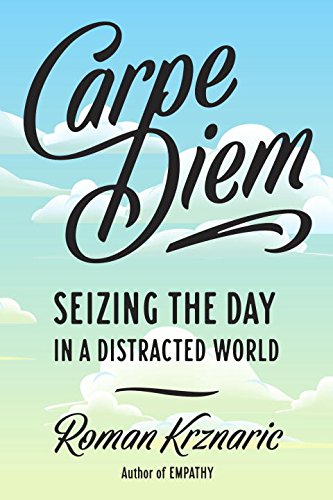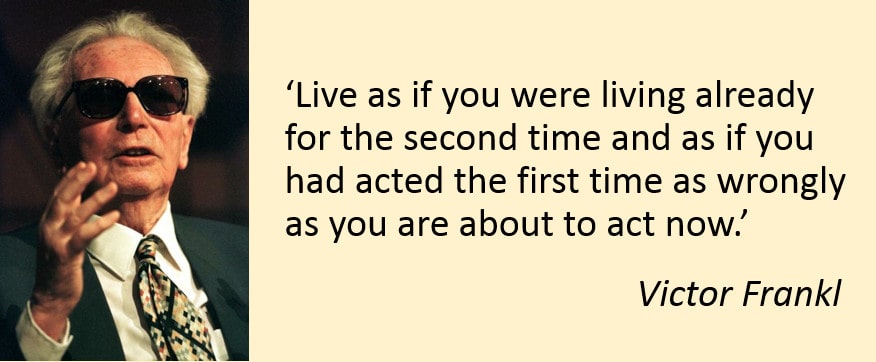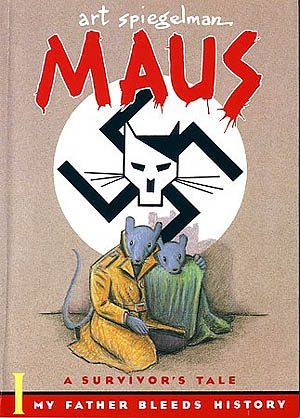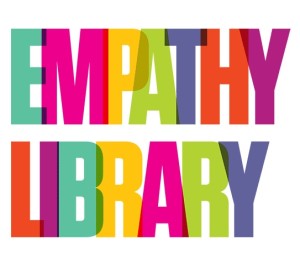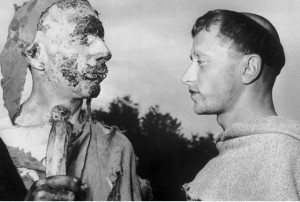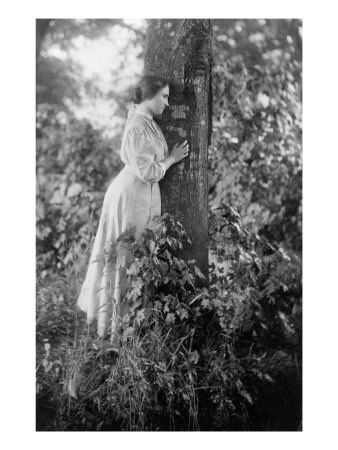1. Schindler’s List
Shot in black and white, Spielberg’s cinematic rendering of Thomas Keneally’s novel Schindler’s Ark does a fine job of bringing the extraordinary story of Oskar Schindler to life. Both book and film made clear that Schindler was no saint; rather a dyed-in-the-wool pragmatist whose growing friendship with his Jewish accountant Itzhak Stern opened his eyes to the suffering around him. (http://ow.ly/HZTE0)
2. Maus
A classic graphic novel based on the author’s experience of interviewing his father Vladek about his experiences in a concentration camp during World War II. Many survivors’ children felt that their childhood was cut short or distorted by their parents’ experiences and the mark on the author’s life is painfully clear throughout. An exceptional story, but also recognisable to anyone with parents. (http://ow.ly/HZTTs)
3. Encounter Point
Encounter Point takes a look at the growing grassroots peace movement among Israelis and Palestinians. Moving beyond sensational images of conflict, the film follows these young people’s journeys into the most unlikely places to confront hatred within their communities and work towards a grassroots solution. (http://ow.ly/HZU10)
4. The Arrival
The beautifully illustrated story of a migrant told as a series of wordless images that might seem to come from a long forgotten time. A man leaves his wife and child in an impoverished town, seeking better prospects in an unknown country on the other side of a vast ocean. As he is helped along by strangers, he hears their own stories of suffering, courage, survival and hope. (http://ow.ly/HZUe2)
5. Nonviolent Communication: A Language of Life
A highly recommended guide to embedding empathy and compassion in your day-to-day life, applying the concepts within these books will guide the reader towards a fostering more compassion in the world. (http://ow.ly/HZUpm)
6. Molly’s Pilgrim
A well-known American children’s book about a young Russian-Jewish girl trying to fit in at school during her first Thanksgiving. An ideal read to help children understand the difficulties faced by young children from different cultures as they try to adapt. (http://ow.ly/HZUwT)
7. The Paris Architect
How far would you go to help a stranger? What would you risk? Would you trade your life for another’s? A fascinating novel of Paris under the Occupation in all its opulence, fear and contradictions. Malcolm Gladwell called the author an ‘up-and-coming Ken Follett,’ and this suspenseful story is definitely worth a look. (http://ow.ly/HZUFL)
8. Mina Tannenbaum
While mainly about female friendship, the central story in this 1990s French film also touches on the artistic and troubled heroine’s relationship with her father, a Holocaust survivor, and how that forms and shapes her own outlook on life in contrast to her more carefree friends. (http://ow.ly/HZUNW)
9. Beyond Right and Wrong
A woman who survived the death of her five children wonders if she can forgive the man who killed them. A victim’s daughter strikes up an unusual friendship with the bomber who killed her father. And two men—one Palestinian, one Israeli—form a bond after tragedies claim their daughters. These survivors of conflicts in Rwanda, Northern Ireland and Israel-Palestine share their stories of loss and recovery in their own words. (http://ow.ly/HZUTa)
10. The Man Who Planted Trees
Set aside five minutes of your lunch break or grab a coffee and indulge in this Oscar-winning short film which, though only made in the late eighties, is largely lost to history. It tells the story of a man in Provence who by the strength of his indomitable will and love for the land, transforms a barren wasteland into a verdant landscape. A quiet reminder to us to have more reverence for the earth and for others. (http://ow.ly/HZV8k)
The Empathy Library was founded by Roman Krznaric, author of Empathy. It is curated by Sophia Blackwell. Join the Empathy Library here.
